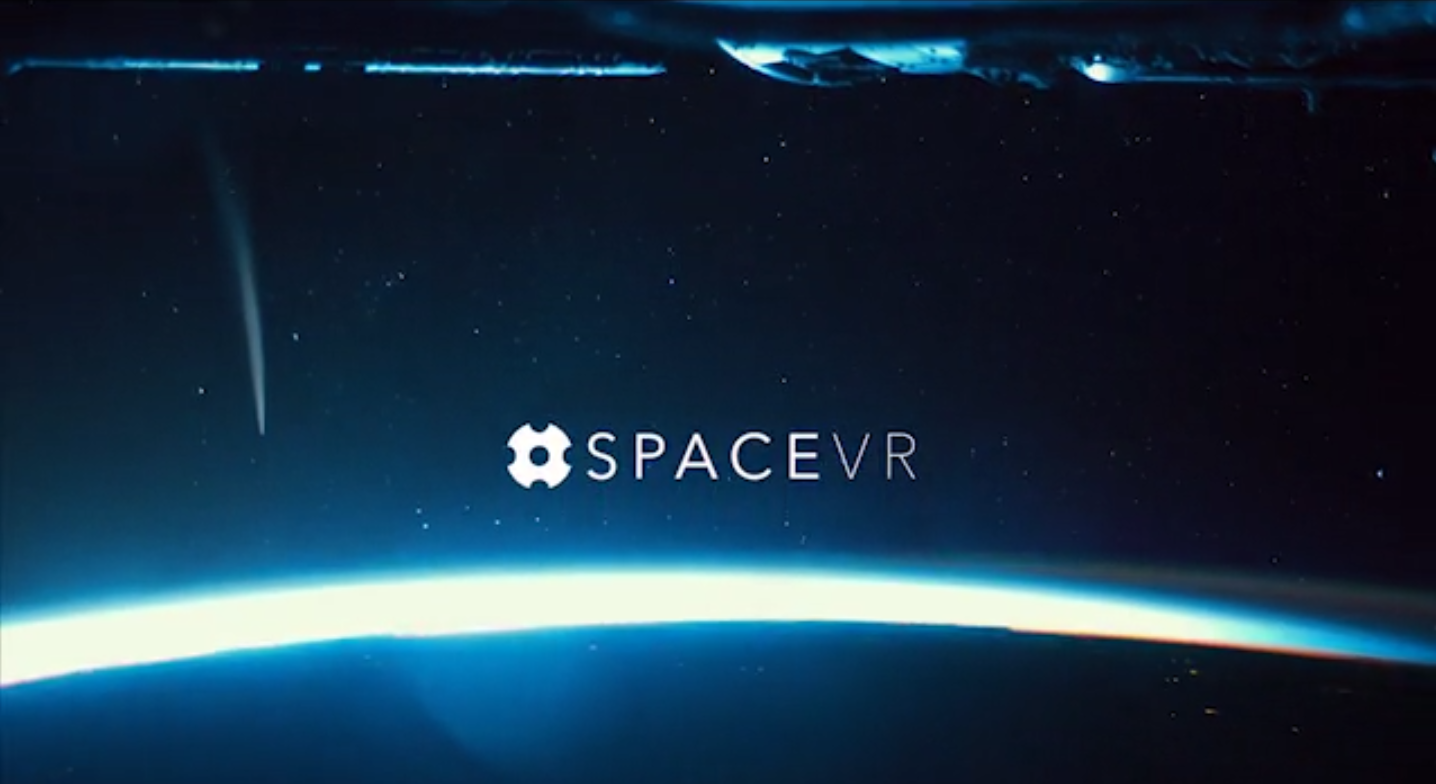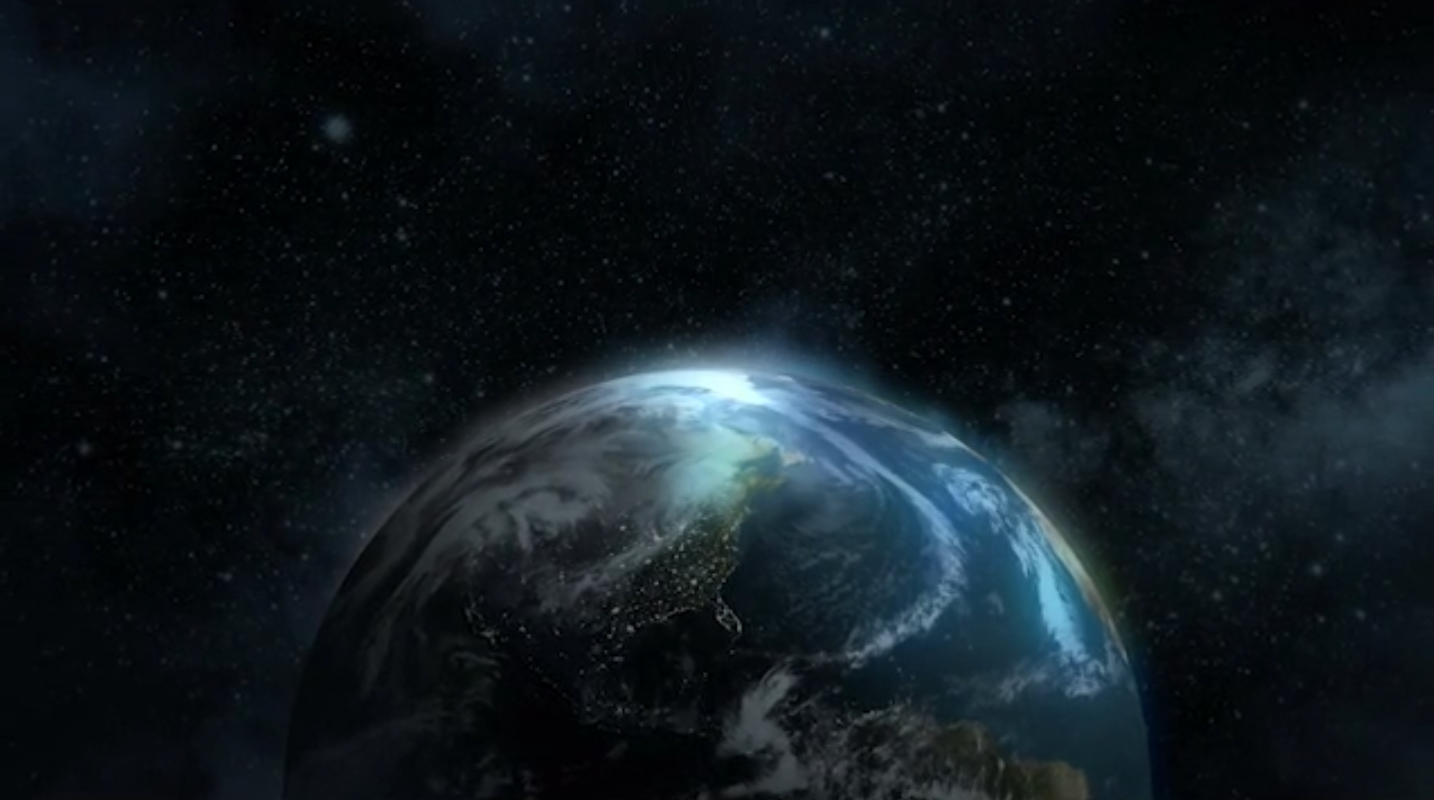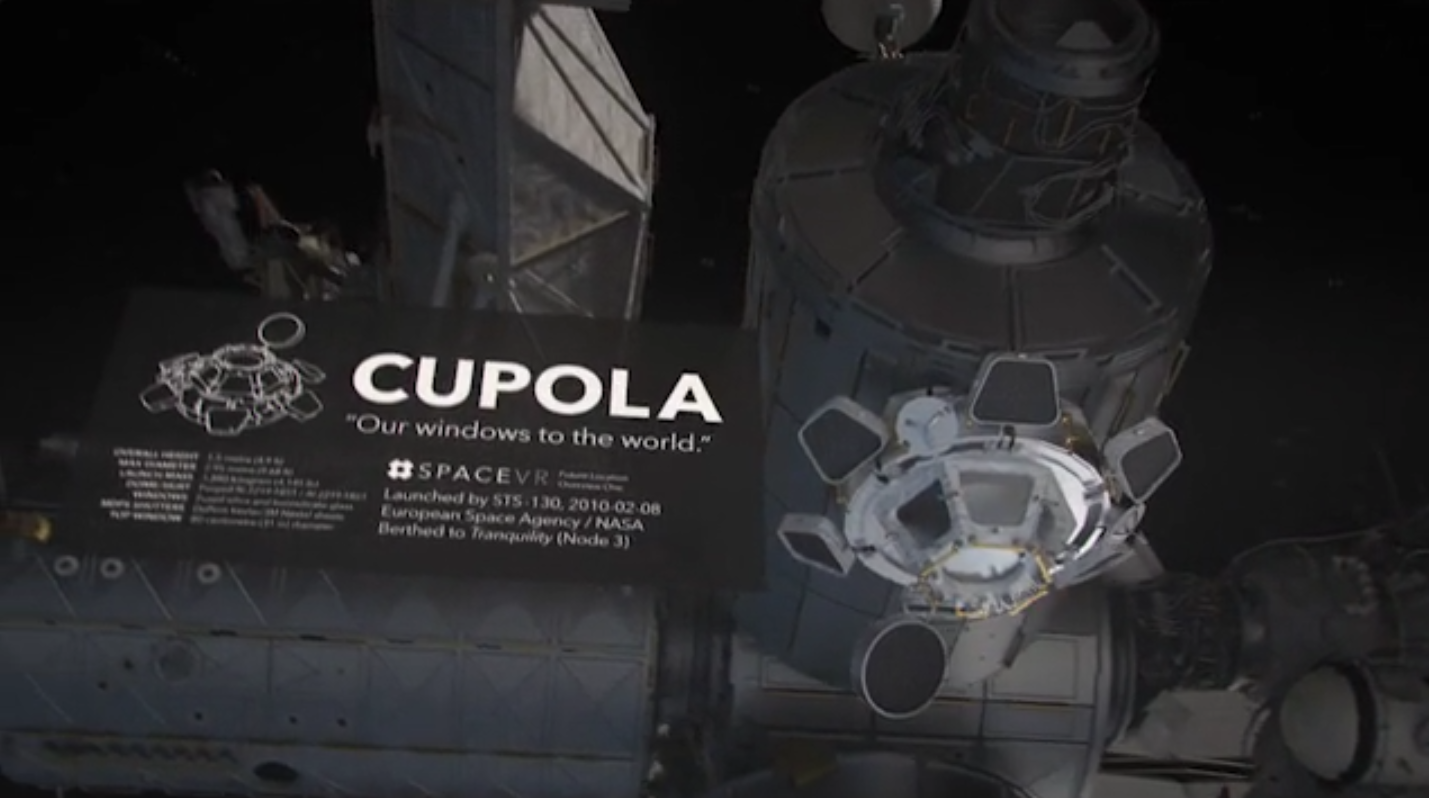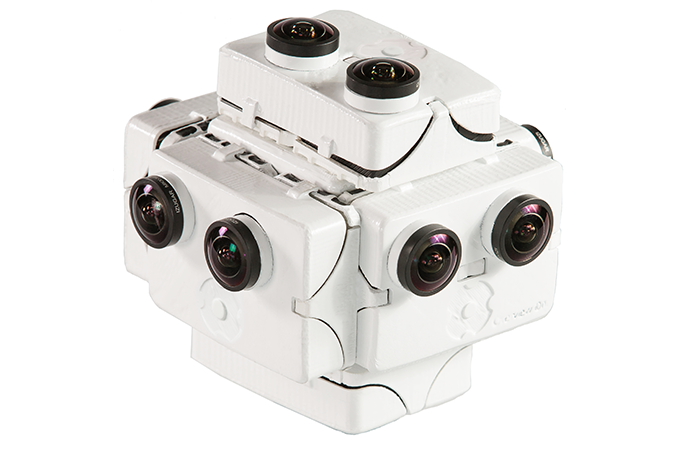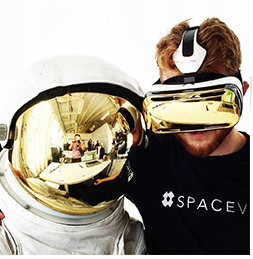Space VR: View The Earth From The International Space Station
Space VR, a small upstart based out of San Francisco, California, has a plan to share the experience that astronauts in the International Space Station have while viewing the planet from a birds-eye view. By using its own VR camera design, Overview One, Space VR plans to broadcast the view from the International Space Station to the world through VR headsets. The company already has the agreements and partnerships ready and is now looking for funding through Kickstarter to cover the launch costs and operations for the first year.
Space VR believes that experiencing what it's like to be inside the ISS looking at Earth will have a profound impact on how people perceive the world. The company is seeking to share the experience known as the "Overview Effect," which many astronauts report experiencing when they look at the planet from an outside perspective for the first time.
The Overview Effect is the realization that our planet is tiny and fragile compared to the vastness of space. From the ground, the sky seems to stretch forever, but from the space station the atmosphere around the planet appears paper thin compared to the void of space, and many astronauts have claimed it changed their world view.
We've all seen the pictures, but it doesn't give you the same perspective as being there. Space VR hopes that experiencing it in virtual reality will make it feel real, and have a similar impact to everyone else on the planet as it did for many of the 536 people who have been to space themselves. Space VR's founders believe that by experiencing the Overview Effect, people will take better care of our environment and our resources.
Space VR has agreements in place with Nanoracks and Made In Space. Nanoracks is a private company that makes it easier for small companies to send payloads to the International Space Station, and Made In Space created the first 3D printer for use in zero gravity and currently operates the 3D printer on the ISS. Space VR will have the camera housing 3D printed on the space station to minimize the payload weight and send the optics and electronics with Nanoracks. An astronaut on the ISS will be given instructions to assemble the camera when the parts arrive.
Once the company has footage recorded, it will make a virtual reality experience from it that will be viewable on any virtual reality headset, including HTC Vive, Oculus Rift, Fove VR, Samsung GearVR and even Google Cardboard.
To make all this possible, Space VR is seeking $500,000 in funding, which it said will cover the costs of sending the camera to space and operating it for the first year. If the campaign exceeds its goal, Space VR has some pretty ambitious goals for the Overview One camera.
Get Tom's Hardware's best news and in-depth reviews, straight to your inbox.
Space VR would like to live-stream the footage from the Space Station for the world to see in real time. In 2017, it hopes to send the camera to the moon, then land one on an asteroid in 2022. It would even like to be on Mars with a camera as early as 2026. Space VR also has plans to put a camera in orbit on a controllable satellite at some point.
None of these future plans have stretch goal values assigned to them yet, but these projects would likely be considerably more money than the initial goal.
Space VR is offering a number of different backer tiers that range from $1 to $50 for general merchandise. The first tier that offers the video content will set you back $75 and includes three months of access on one device of your choice. For $100, the company will include a Google Cardboard headset to go along with the three months of access. These tiers hint at the model the company is planning to sell the experience under. Space VR has not released specifics, but the limited three-month access indicates Space VR will be accessible on a subscription basis.
The campaign just launched and will run for 30 days. At press time, Space VR has received just shy of $4,000 in funding. To learn more, check out the company's website. To participate in funding this project check out the campaign page.
Follow Kevin Carbotte @pumcypuhoy. Follow us @tomshardware, on Facebook and on Google+.
Kevin Carbotte is a contributing writer for Tom's Hardware who primarily covers VR and AR hardware. He has been writing for us for more than four years.
-
Wild Biker Bill "Space VR will have the camera housing 3D printed on the space station to minimize the payload weight"Reply
Whether the part is shipped complete or as "ink", you still have the weight. The only thing printing it on the space station will possibly save is space in the cargo hold at the cost of time to print and some assembly required. How much does an astronauts time cost? I am guessing it is a boatload more than zero. -
surphninja Mars by 2026? Seems more than just ambitious. That doesn't seem remotely realistic. Without further details on how they would even begin to pull that off, it just sounds like another kickstarter PR stunt.Reply
How does 3d printing the housing on the ISS reduce the payload at all? You're still having to send the printing material up there, so you're not reducing the mass that needs to be sent at all. If anything, there may be a slight excess.
Lots of red flags here. -
jkflipflop98 Reply"Space VR will have the camera housing 3D printed on the space station to minimize the payload weight"
Whether the part is shipped complete or as "ink", you still have the weight. The only thing printing it on the space station will possibly save is space in the cargo hold at the cost of time to print and some assembly required. How much does an astronauts time cost? I am guessing it is a boatload more than zero.
Quick! You better call NASA and tell them how badly they've messed up! Damn, whatever would the scientists and engineers at NASA do without good ol "Wild Biker Bill" there holding their hands. Phew.
-
surphninja Reply16442335 said:Quick! You better call NASA and tell them how badly they've messed up! Damn, whatever would the scientists and engineers at NASA do without good ol "Wild Biker Bill" there holding their hands. Phew.
I don't believe NASA's has been involved with this campaign at any level, and it's a safe bet they're not writing kickstarter proposals. -
Wild Biker Bill Reply16442335 said:Quick! You better call NASA and tell them how badly they've messed up! Damn, whatever would the scientists and engineers at NASA do without good ol "Wild Biker Bill" there holding their hands. Phew.
Oh look, the Comment Police have showed up. Yawn.
You had nothing to say about the article but you just had to say something anyway. -
BG-52 Ignore the troll Wild Bill, you raised a valid point. I'm guessing it would be easier to send up the printing materials (the "ink") and have some left over rather than sending up the complete part, having it break and then waiting for the next resupply run to send a replacement. Making it on the station means they can replace it if they have to.Reply -
Paul Alex Cazacliu :) There has to be a choice of not allowing to Cortana to send data to Microsoft. After all if she's supposed to be a personal Secretary, all that she knows has to be kept in that way, meaning personal. Any other option would be an imposition, not a choice. How can that be to not have her at all, or allow to her to be a "birdie" for Microsoft!?Reply -
drack with the 3d printer they can print out "any" part. We could of gone to Mars in 1982. Just would of used a nucular rocket. All the parts would of been off the shelf, all tested and working. Would of opened up a new world again and maybe advoid the coming nucular war that will start in the middle east.Reply -
drack would just unpluging your mick, and maybe taping over your camera lense help? Can Cortana read lipes?Reply -
surphninja Reply16551202 said:with the 3d printer they can print out "any" part. We could of gone to Mars in 1982. Just would of used a nucular rocket. All the parts would of been off the shelf, all tested and working. Would of opened up a new world again and maybe advoid the coming nucular war that will start in the middle east.
Projects using nuclear propulsion were pretty much shut down by the Partial Test Ban Treaty.
